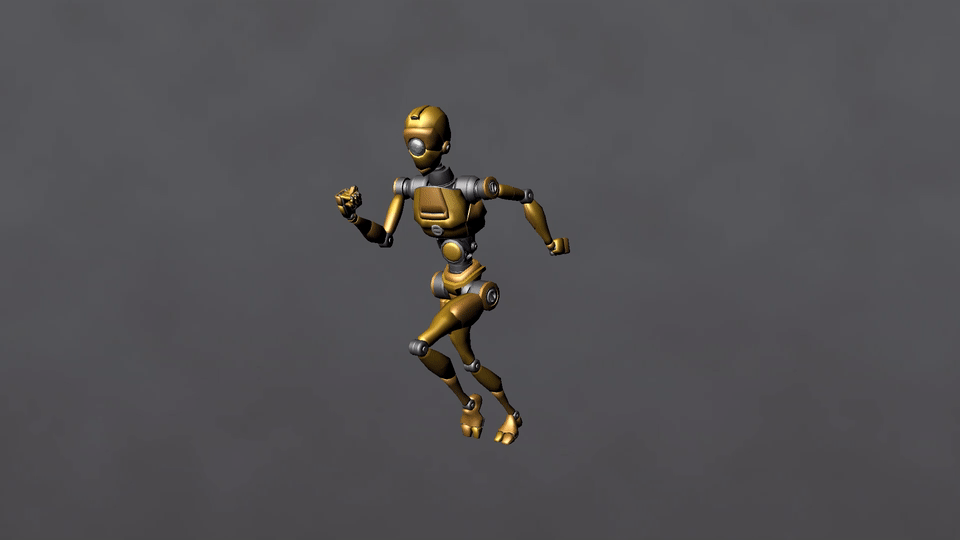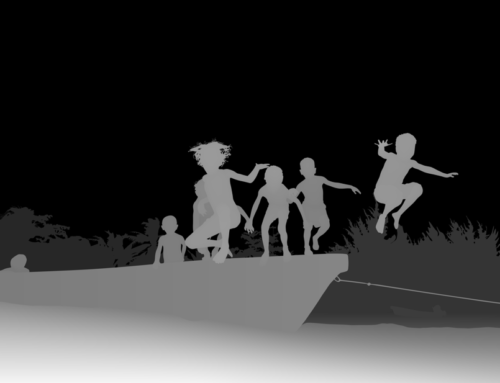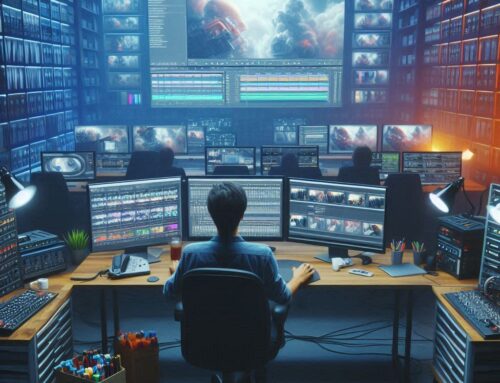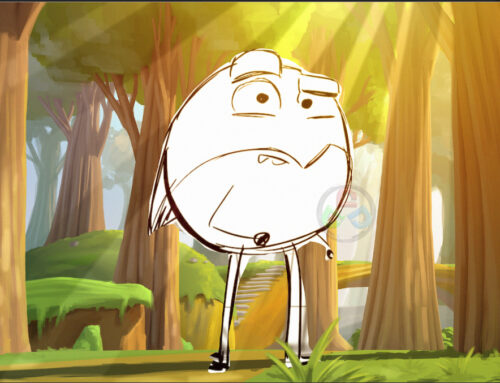2D vs. 3D Animation – Paper to Cube
The fundamental disparity between 2D and 3D animation lies in the dimensional representation of characters and objects. While 2D animation relies on hand-drawn images, often with computer assistance, to create characters with width and height only, 3D animation utilizes computer-generated imagery to produce characters with depth, in addition to width and height. This three-dimensional aspect lends a more realistic appearance to the characters, as they mimic real-life entities in terms of spatial representation.
A Primer on Animation
Animation, at its core, breathes life into static images, bestowing upon them the illusion of movement. From the beloved characters of classic Disney tales to the captivating universes of modern video games, animation has evolved over time, giving rise to two predominant forms: 2D and 3D animation.
2D Animation: Embracing Tradition
- 2D animation pays homage to the traditional approach of crafting moving visuals within two dimensions—the X and Y axes.
- Each frame presents an image, and when these frames swiftly follow one another (typically at 24 frames per second), they create the perception of motion.
- The origins of 2D animation can be traced to drawings and paintings on transparent plastic sheets, known as cells, which are merged to create a coherent sequence of frames.
- In more recent times, software applications have integrated advanced techniques that facilitate the creation of 2D animations with greater efficiency. This not only saves time and manual labor but also offers cost-effective solutions.
- 2D shapes within this animation paradigm lack depth, existing solely as flat representations along the X and Y axes.
- Examples of these shapes encompass triangles, squares, circles, and polygons. These shapes serve as the building blocks for conveying various attributes such as area, angles, and perimeter.
3D Animation: Immersing in Realism

In contrast to the simplicity of 2D, 3D animation operates within a three-dimensional realm, involving the X, Y, and Z axes. This infusion of depth into characters and objects allows them to be viewed from different angles. Consequently, animators can incorporate intricate elements like lighting, shadow effects, and textures, culminating in a heightened sense of realism.
3D animations empower creators to fashion lifelike models that can be rotated a full 360 degrees, granting unparalleled control over their appearance and movement. Shapes in the realm of 3D include spheres, pyramids, cones, prisms, and cylinders.
Key Differences – 2D vs. 3D Animation
| 2D Animation | 3D Animation |
|---|---|
| Along X and Y axes | Encompasses X, Y, and Z axes |
| Frame-dependent with a flat presentation | Realistic with lifelike movements |
| Traditional methods and rendering software | Sketching, modeling, texturing, and more |
| Generally lower | Typically higher due to advanced features |
| Fewer features, easier to learn | Advanced features, requires more mastery time |
| Less time due to simpler features | More time-intensive due to intricate details |
| Presentations, marketing, etc. | TV shows, video games, movies, etc. |
| Adobe Photoshop, Toon Boom Studio, etc. | Blender, Autodesk Maya, etc. |
| Hands on approach | Knowing Object Properties |
Selecting the Appropriate Animation Path in 2D vs 3D animation
The choice between 2D and 3D animation hinges on multiple considerations. Reflect on your target audience, frequency of use, the skill set of your developers, and your animation software budget. Artists often gravitate towards 2D for its hands-on approach, while technical professionals opt for 3D to explore intricate object properties.
In some scenarios, harnessing both 2D and 3D animation through professional software can unlock a realm of possibilities, enabling projects to encompass a wider array of features.
Conclusion: Navigating Your Animation Journey
In the vibrant realm of animation, the decision between 2D and 3D transcends a mere dichotomy; it becomes a spectrum of creativity. At 3D Services India, we grasp the importance of comprehending these distinctions. 2D animation offers simplicity and nostalgia, while 3D animation brings forth unparalleled realism. Your selection depends on your project’s objectives, audience, and the artistic or technical proficiencies at your disposal.
As providers of premium animation solutions, we encourage you to explore both avenues. Whether it’s the timeless allure of 2D or the immersive fascination of 3D, animation serves as your canvas, and the choice is entirely yours.
“You Think, We Visualize.”






